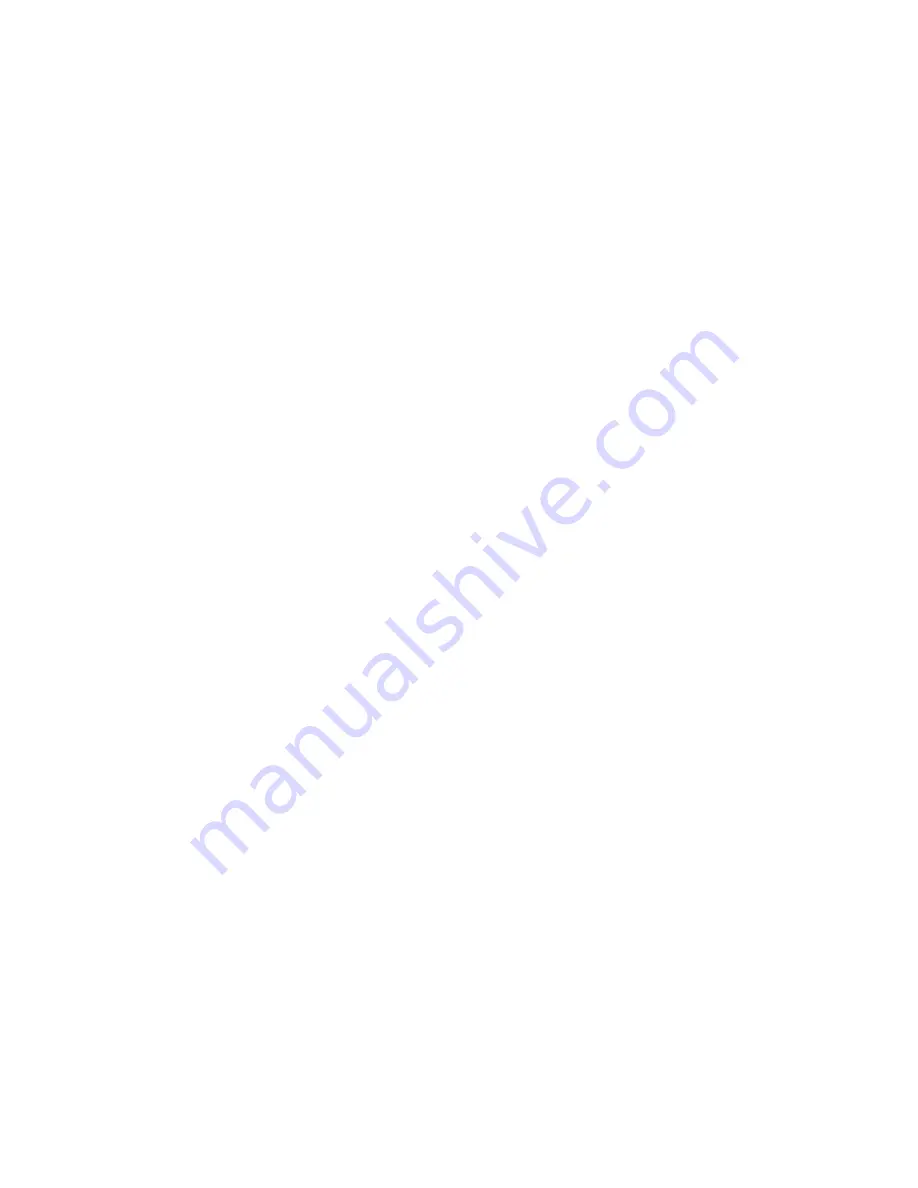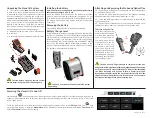
500-62201-001 Rev. M Page 29 of 33
between the non-insulated portion of the pins (often only the
tips). In contrast, Wagner Hand-Held Moisture Meters
generate a three-dimensional field that measures from the
surface of the wood to a depth of 1" under the entire sensor
(approximately 2 1/2" x 2 1/2" on the L622).
Q: How does this difference in measuring techniques
affect accuracy?
A:
If you’re using a pin-type meter, the moisture content you
are reading is determined by the micro-thin path the electricity
takes to travel from one pin to the other. In effect, it measures
only the moisture content of that very tiny path. If there is a
single wet fiber between the pins, the electric charge will flow
easily along that fiber and cause pin-type meters to
exaggerate the moisture content in the wood when in fact it is
just a very small fiber that is wet. However, if the place you
choose to drive the pins into the wood is simply extraordinarily
dry and untypical of the rest of the piece you will get an
exaggerated dry reading. On the other hand, Wagner Hand-
Held Moisture Meters take an average of the moisture content
discovered by the full scan of the three-dimensional field so
small wet fibers are not read as large wet spots. Plus, it only
takes seconds to scan the entire board.
Q: How are moisture meters affected by surface
moisture?
A:
Most moisture meters can be affected by standing water,
or visible water on the board. You should always wipe off as
much excess water as possible. Once the standing water is
removed, Pin-type meters with non-insulated pins will register
a highly exaggerated moisture reading. Wagner Hand-Held
Moisture Meters will read slightly higher than normal (probably
less than 3 to 4%). If water is allowed to soak into the wood, it
will naturally show a higher moisture content. If a piece of
wood is quite rough, it will soak up the water quite readily and
readings will be affected.
Q: What are the effects of relative humidity on Wagner
Hand-Held Moisture Meter readings?
A:
As long as there is not condensation on the bottom surface
of the instrument there is no effect from changes in relative
humidity.
Q: Do the meters on the Wagner Hand-Held products ever
require readjustment? Does my Wagner Hand-Held
Moisture Meter need to be calibrated? If so, how often
must it be done?
A:
Occasionally Wagner Hand-Held Moisture Meters require
adjustment. However, the process of checking zero points and
calibration is very simple.
Note: Wagner Hand-Held Moisture Meters are originally
calibrated at the factory. Type and amount of use will
determine how long this original calibration will last. A
calibration block is available for the customers who must
check their calibration often. Anytime that the meter is not
reading correctly on that calibration block, it should be sent
into the factor for calibration.
Q: I have a very thin veneer over a doorstock and I’m
trying to measure the moisture content of the core. Can I
measure accurately through laminated materials?
A:
If you’re measuring an all-wood door with a very thin
veneer wood laminate, you can probably use a correction
factor to determine the moisture content of the core material.





































